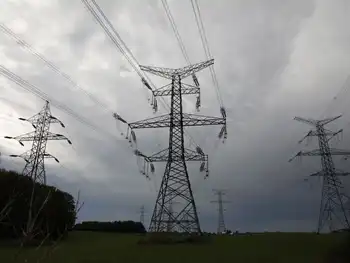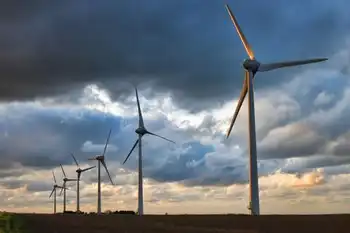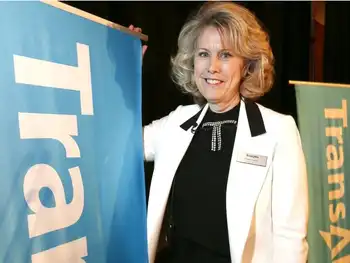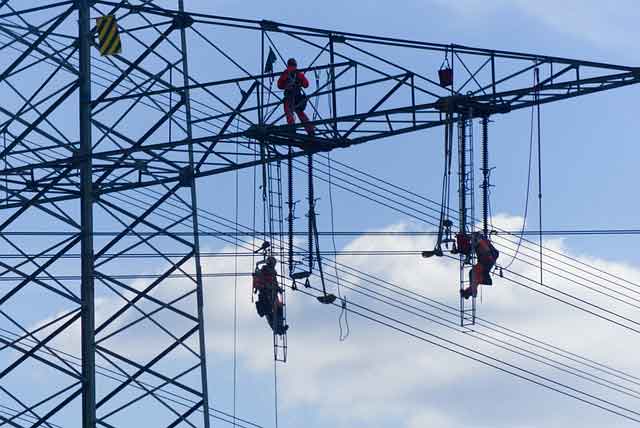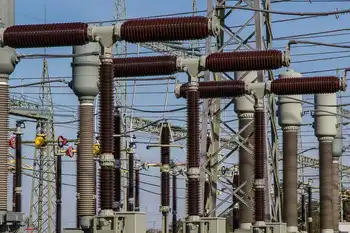Germany looks to extend life of nuclear plants
By Industrial Info Resources
NFPA 70e Training
Our customized live online or in‑person group training can be delivered to your staff at your location.

- Live Online
- 6 hours Instructor-led
- Group Training Available
The decision will reverse the existing law that calls for all 17 nuclear power plants in the country to be shut down by 2021. Negotiations between Chancellor Angela Merkel's Christian Democratic Union (CDU) party and its new partner in government, the Free Democrats, are ongoing, but documents leaked from the talks have confirmed the new, pro-nuclear stance.
"Atomic energy will be required as a bridge technology until affordable, climate-friendly energy sources are reliably available in sufficient quantities," the document, obtained by Speigel Online, reads. "The limit on German reactor lifetimes to 32 years is thus rescinded."
The news will be welcomed by power companies such as E.ON, RWE AG, EnBW Energie Baden-Württemberg AG and Vattenfall Europe Windkraft GmbH, all of which stand to benefit from billions of extra euros from any nuclear lifespan extension. Nuclear power accounted for 23% of power generation in Germany in 2008.
Market watcher Fitch Ratings believes the extension of nuclear power generation will bring many benefits to the energy companies involved. "Benefits of a lifetime-extension include the nuclear utilities' ability to preserve their profitability margins and generation mix, improve nuclear-adjusted leverage ratios, and reduce long-term capex requirements," said Jacek Kawalczewski, an associate director of Fitch Ratings' Energy, Utilities and Regulation division. "However, the potential impact varies across companies, depending on factors such as the current generation mix, the proportion of nuclear revenues to total sales, operating track record at nuclear power plants, and the original plant shutdown schedule.
"By end-2012, RWE and E.ON would most likely be the chief beneficiaries from the extension of the nuclear lifetime, as without the extension, scheduled nuclear plant closures will reduce their generating capacity by 2.5 gigawatts each."
The law to get rid of nuclear power was passed by the Social Democratic Party and Green Party coalition government in 2002. The 32-year lifespan imposed at that time would force all nuclear power plants to stop operations by 2021.
The new coalition government is hoping to sweeten the pill of extending the life of some nuclear plants by guaranteeing that a large portion of the profits generated go toward renewable energy projects. As much as half of the profits gained from the increased plant life could be affected, and the document states that this money must go toward "research and development in the fields of renewable energy, energy efficiency, and power-plant, network and storage technology."
Another way to push through the extension of nuclear power will be to limit the number of stations that are allowed to operate longer. Up to seven of the oldest plants may have to be shut down, and the working document outlines that older plants will have to increase safety procedures. The document says, "Older reactors will only be allowed to continue operations if they install structural protection against an airplane crash comparable with those at the newest facilities." Of the 17 nuclear plants, seven are scheduled to close as early as 2012 under the existing law, resulting in a generation loss of 7,354 megawatts (MW).
Nuclear power is a very divisive issue in Germany, and although attitudes to nuclear power have softened, there is still a strong anti-nuclear lobby at work. Some high-profile nuclear incidents this summer have added fire to the anti-nuclear debate.
With this in mind, Chancellor Merkel may delay any change in the law until after the May 2010 local elections, as her CDU party needs to retain control in North Rhine-Westphalia, the state with the highest population. This would not be the first time that Merkel has delayed controversial energy decisions in favour of winning elections. Earlier this year, her government postponed plans to introduce a carbon capture and storage (CCS) law that would have sped up the rollout of CCS pilots in order to not jeopardize the party's results in last month's elections.





